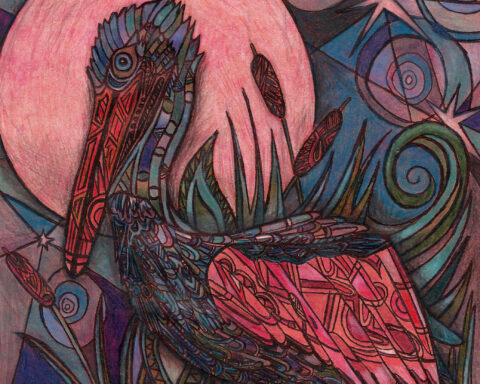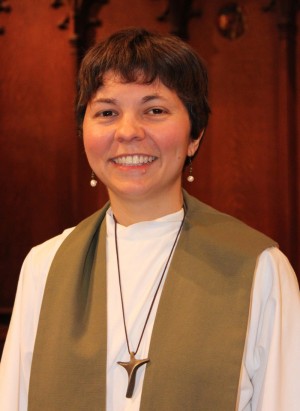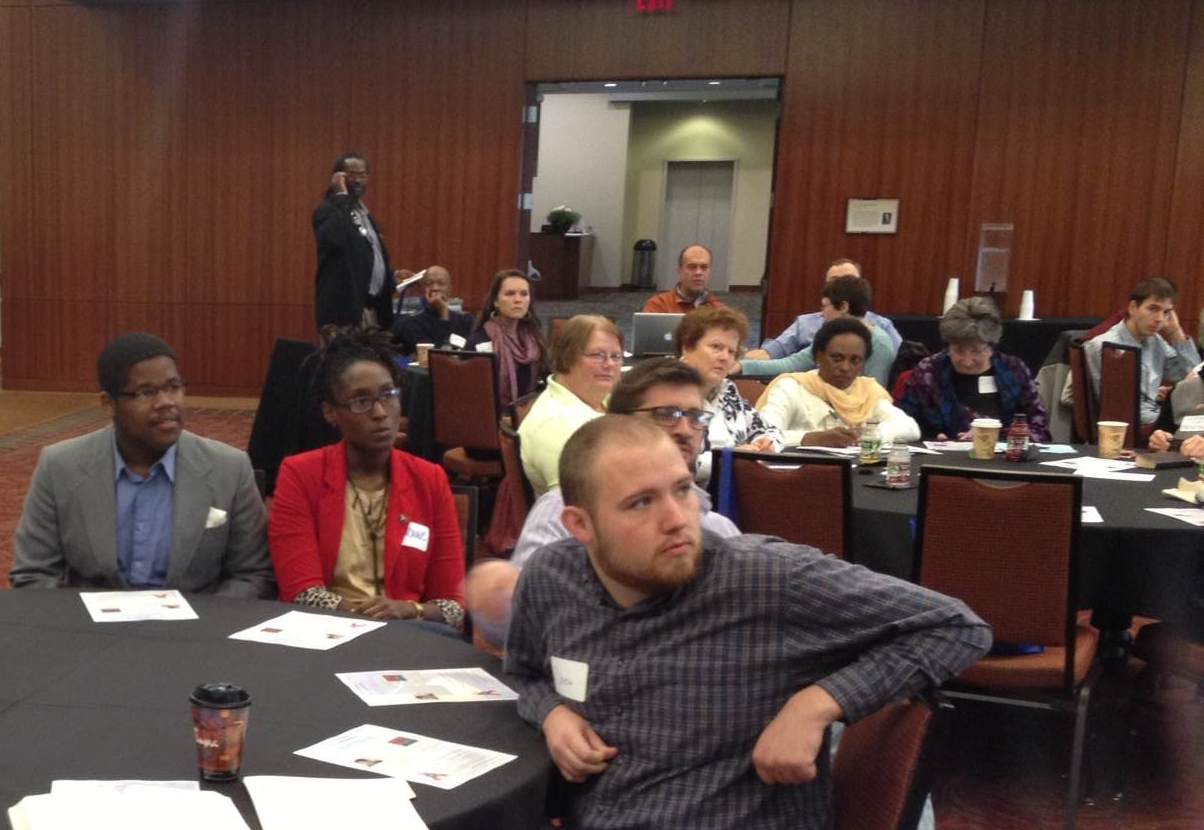12 Weeks of Exploring and Meditating on Scripture through Art
By Sara Benedetti Download a PDF of the curriculum.
Download a PDF of the curriculum.

We worship a God that is a Creative God. We only need to look at the world and people around us to know that the Creation that we exist in was made by a being full of creativity. We also know that we are made in the image of that God, each one of us, in our own unique way. Because of that, we can be assured that we ourselves are creative beings, capable of creating beautiful works regardless of our skill level or training.
As we worship within the structure of the church as it exists today, many people find that they have difficulty connecting with the ‘traditional’ ways of worshiping and are looking for alternative experiences. In some cases, people start looking outside of the church for ways to worship because the church is not meeting their needs. The church begins to dwindle in its membership and levels of participation because it cannot or will not imagine change.
In light of this, leaders within the church need to experiment with and explore alternative ways of worshiping, utilizing all the parts of a person, all the senses, and different ways that people express themselves and connect. One way to do this is to explore worshiping through the use and creation of art. We can connect not only through the experience of reading and hearing Scripture, praying together and listening to spiritual music, but also through creation, through the imitation of God and the use of our God-given creativity, and it is necessary for us to worship in this way. As John de Gruchy says, “art belongs to the soul of the church and that a church that neglects it is in danger of losing its soul.”[1]
Art is a creative process, to be sure, but it is also one that requires attention and intelligence. As John Dewey states, “any idea that ignores the necessary role of intelligence in production of works of art is based upon identification of thinking with use of one special kind of material, verbal signs and words.”[2] We must expand our views of what should be present in worship, of what acts and methods are capable of conveying and relating the Word of God.
If we want to give people an opportunity to experience God, to worship God as fully as possible, and to get excited and passionate about their faith, then we also must provide an environment where excitement and expression through art are not only accepted but encouraged. John Dewey quotes Samuel Alexander as saying that “the artist’s work proceeds not from a finished imaginative experience to which the work of art corresponds, but from passionate excitement about the subject matter…The poet’s poem is wrung from him by the subject which excites him.”[3] If people are not excited about their God, about their faith, about their religion, then they will not engage and express themselves. If they do not have a way to express themselves in the church that feels natural and exciting for them, they will not have a difficult time expressing themselves.
At the same time, I am in no way arguing for the practice of ‘art for art’s sake’. Just because something may interest someone does not mean that it has a place in worship. This idea is hardly one that needs to be explained. But when we automatically exclude acts from worship or from the church because they have not previously been utilized in the church, we do an extreme disservice to the church and to society. As John de Gruchy says, “churches and theologians should at least seek to understand the public role of the arts and discern what artists are really seeking to do before expressing an opinion or making a judgment.”[4] Just because something is new or foreign does not make it evil or insignificant.
De Gruchy continues by saying that “art, then, has the potential to change both our personal and corporate consciousness and perception, challenging perceived reality and enabling us to remember what was best in the past even as it evokes fresh images that serve transformation in the present.”[5] The church needs to constantly be reevaluating itself, constantly renewing itself, constantly making sure that it is doing everything within its power to speak to the people of its day and the culture that those people exist within, no matter what that may be. We also must be aware that “art in the life of the church serves a variety of functions. But chiefly it is an aid to worship and a means of theological and spiritual formation. In that way art enables the church to fulfill its ministry in society.”[6] Art is present in society in a way that encourages and inspires humanity, and therefore it should be present in the church in the same way.
De Gruchy also states that “great art, like authentic religion, seeks to express awe and wonder, and to overcome the superficiality of life by exploring its depths. It is concerned about personal integrity in its endeavor to communicate the truth as it is perceived’ it evokes deep emotion, whether of sadness or joy, dread or elation.”[7] If we believe this statement to be true, if we believe that worship, at its heart, is meant to express awe and wonder towards God, worshipping God and praising God, then we must incorporate art into our worship practices.
All in all, it may be summed up by John de Gruchy, referring back to Sara Maitland:
In her delightful essay on ‘Artful Theology’, Sara Maitland convincingly argues that the renewal of the church as a transforming community in society is related to the extent to which it takes seriously the creative arts. Her reason is profoundly theological: ‘because we create in this particular and conscious way only in the light of the creative power of our God.’ In other words, artistic creativity is not only God-given, but one of the main ways whereby the power of God is unleashed, awakening both a thirst for justice and a hunger for beauty. Artistic creativity, we may say, is a sacramental act that moves both heart and mind.[8]
Acknowledging that we are creative beings, that we are only be creative because our God was first creative, I have designed a curriculum for a worship group that focuses on the connections between Arts and Spirituality and gives opportunity for people to worship God and express themselves through the making and creating of art, using a variety of mediums and by exploring and meditating on a variety of different Scripture passages. Each medium and Scripture passage (or liturgical references) have been paired together for a reason, in the hopes that the particular art medium will bring out more of the Scripture, and vice versa.






Unbound Social